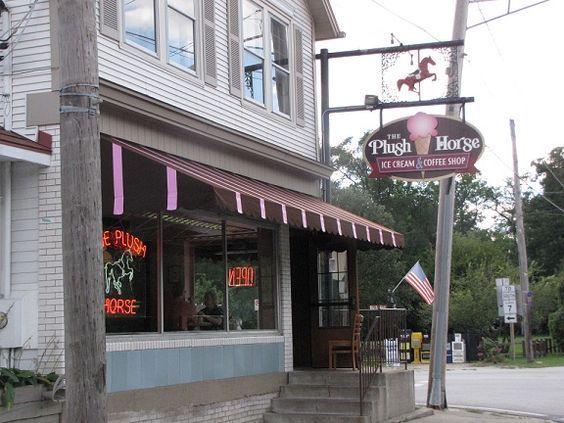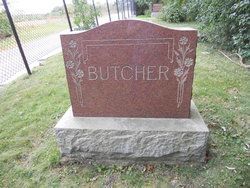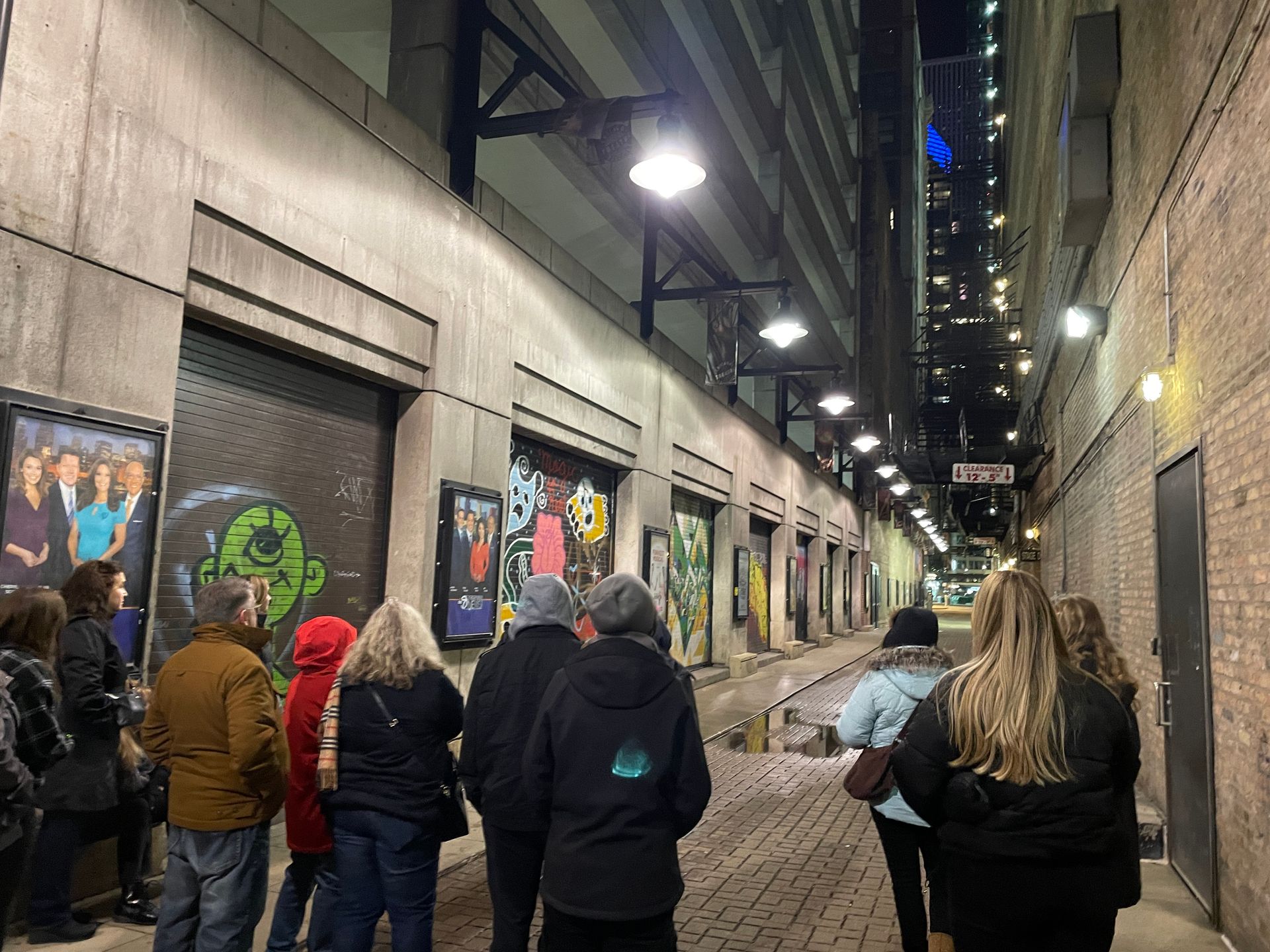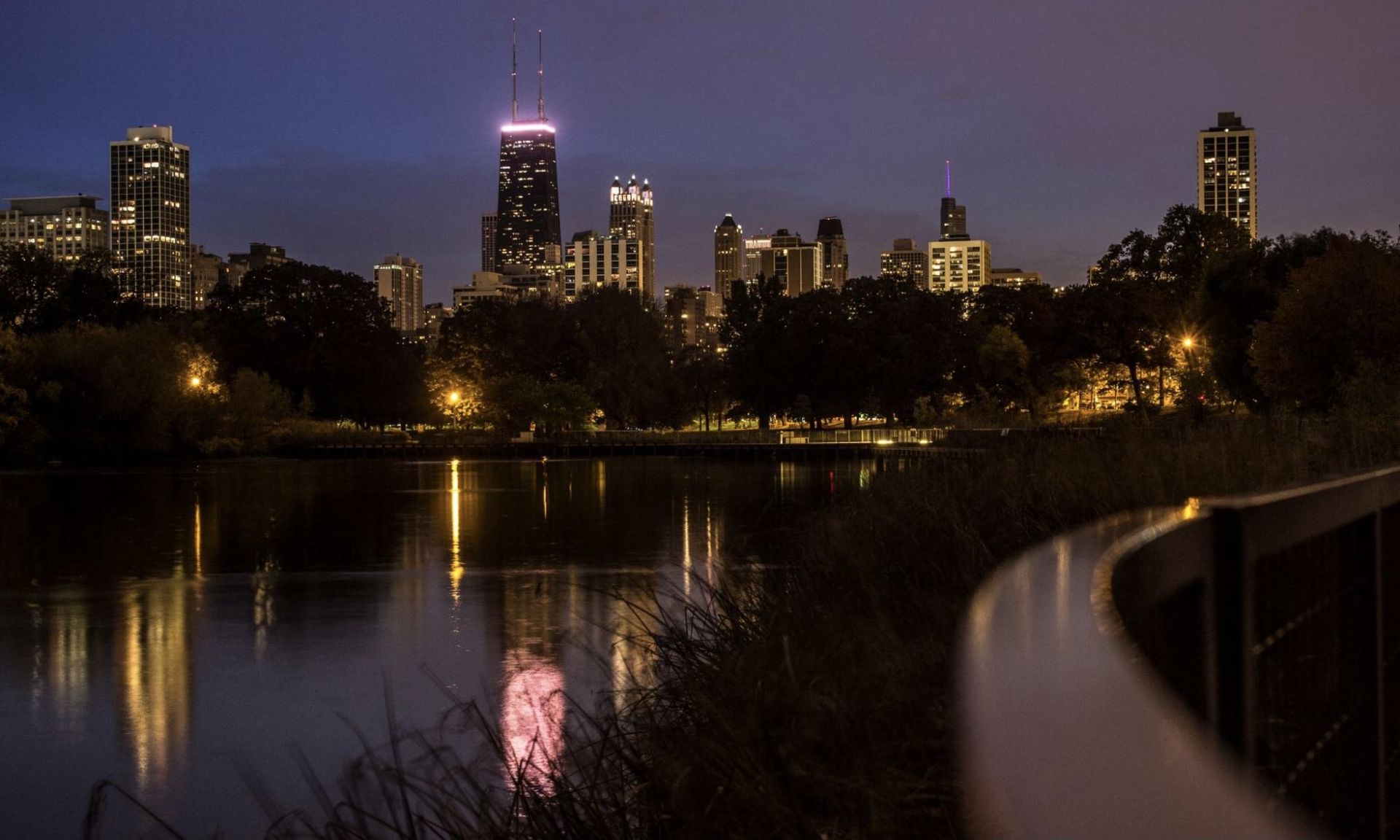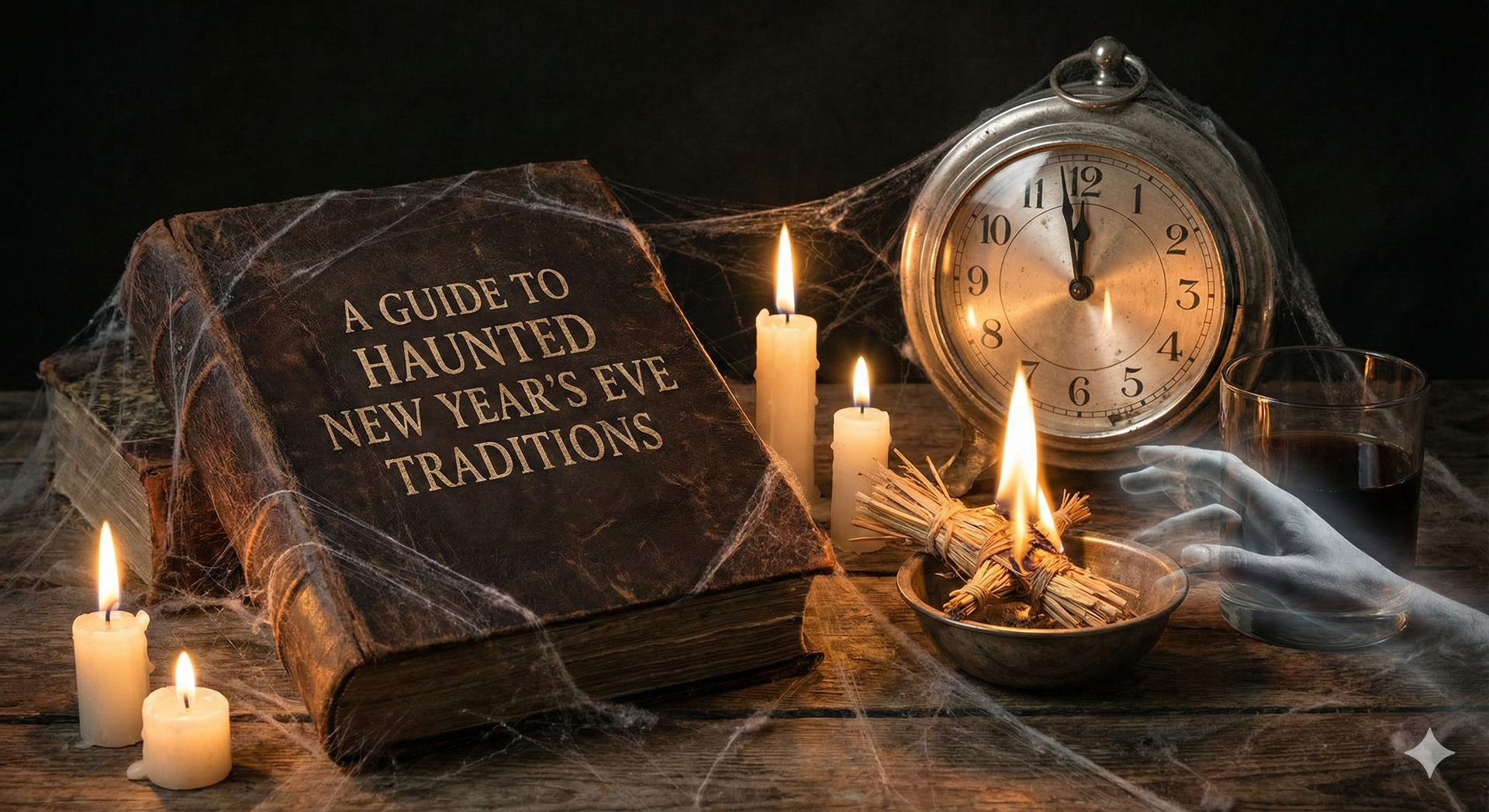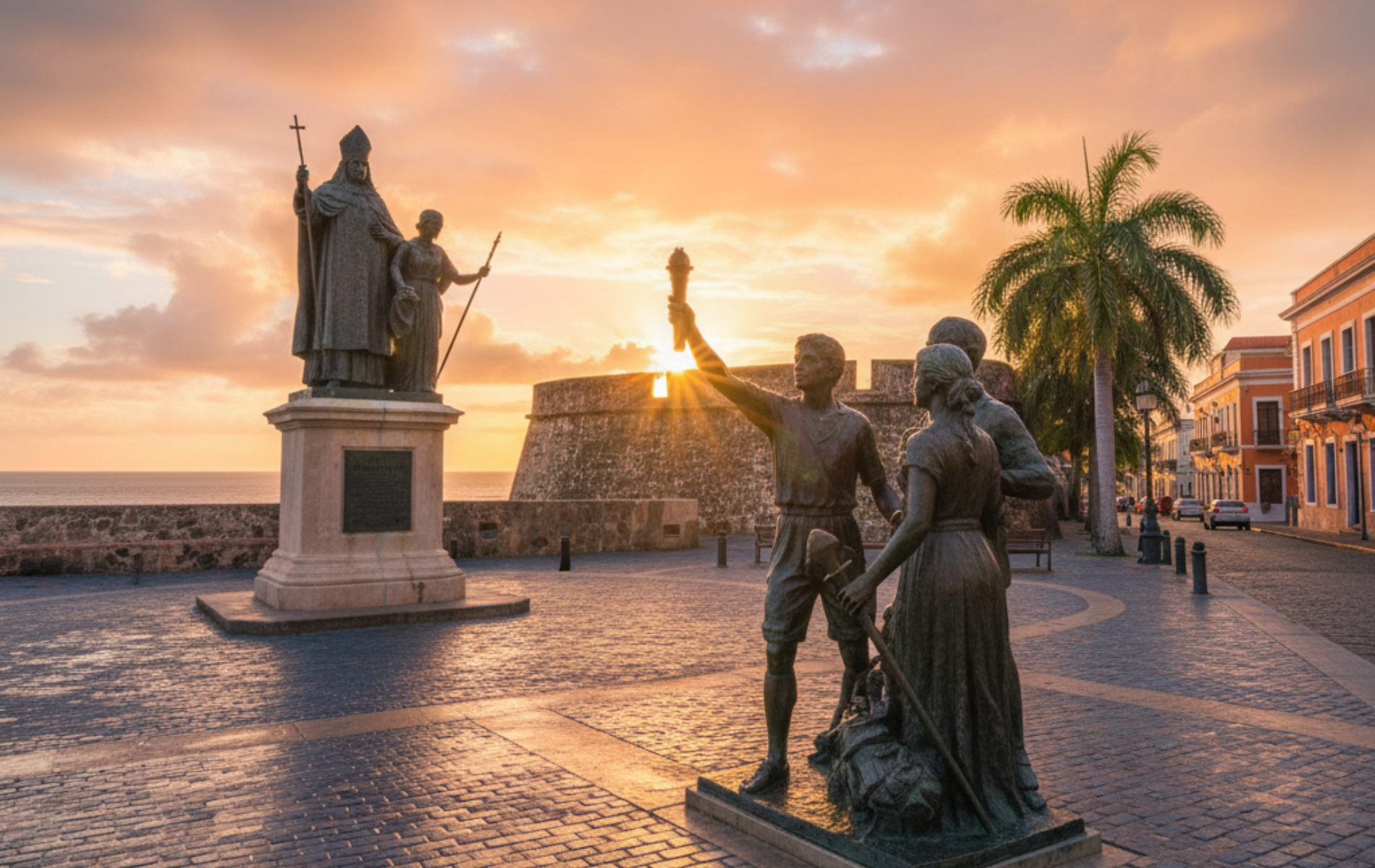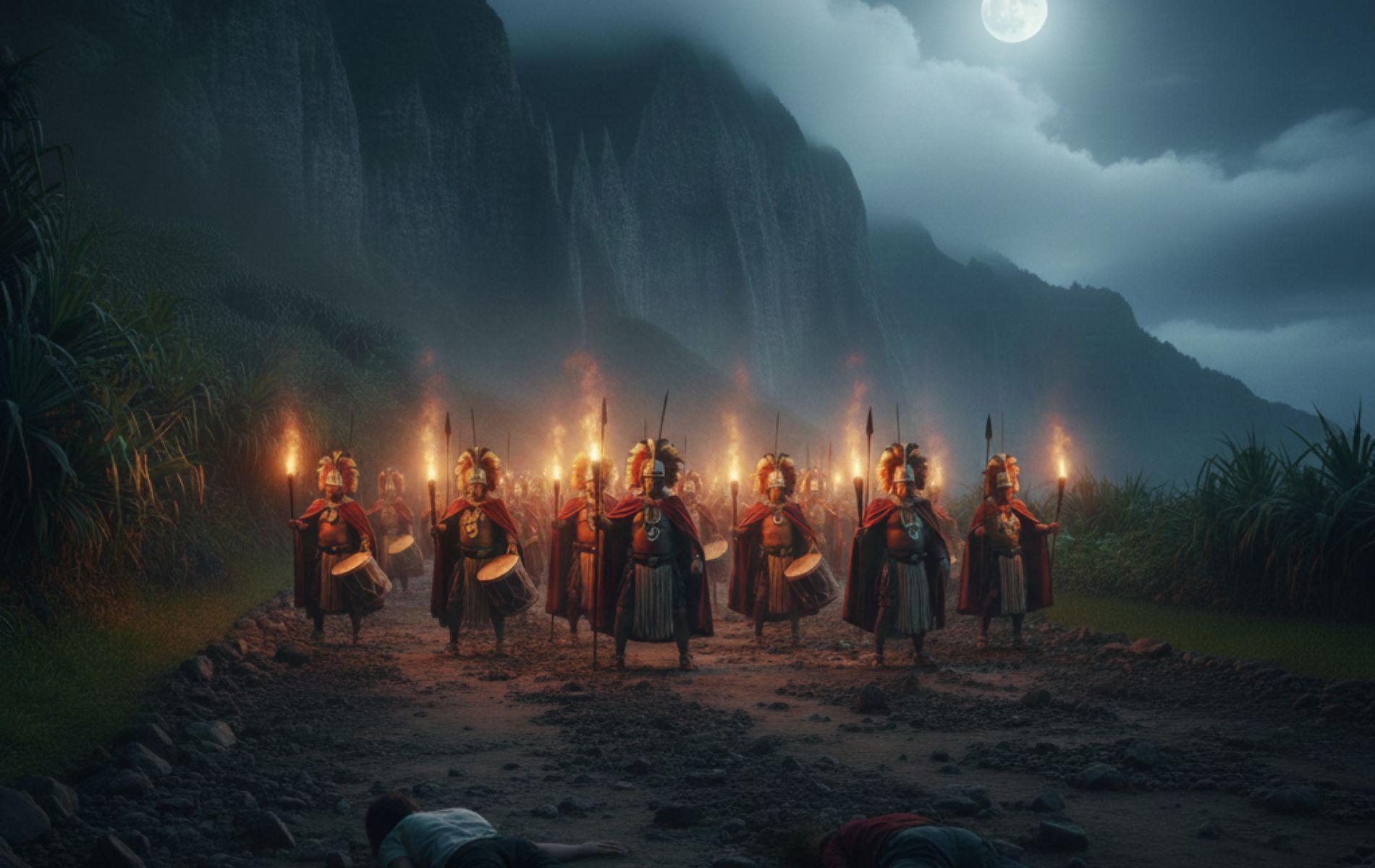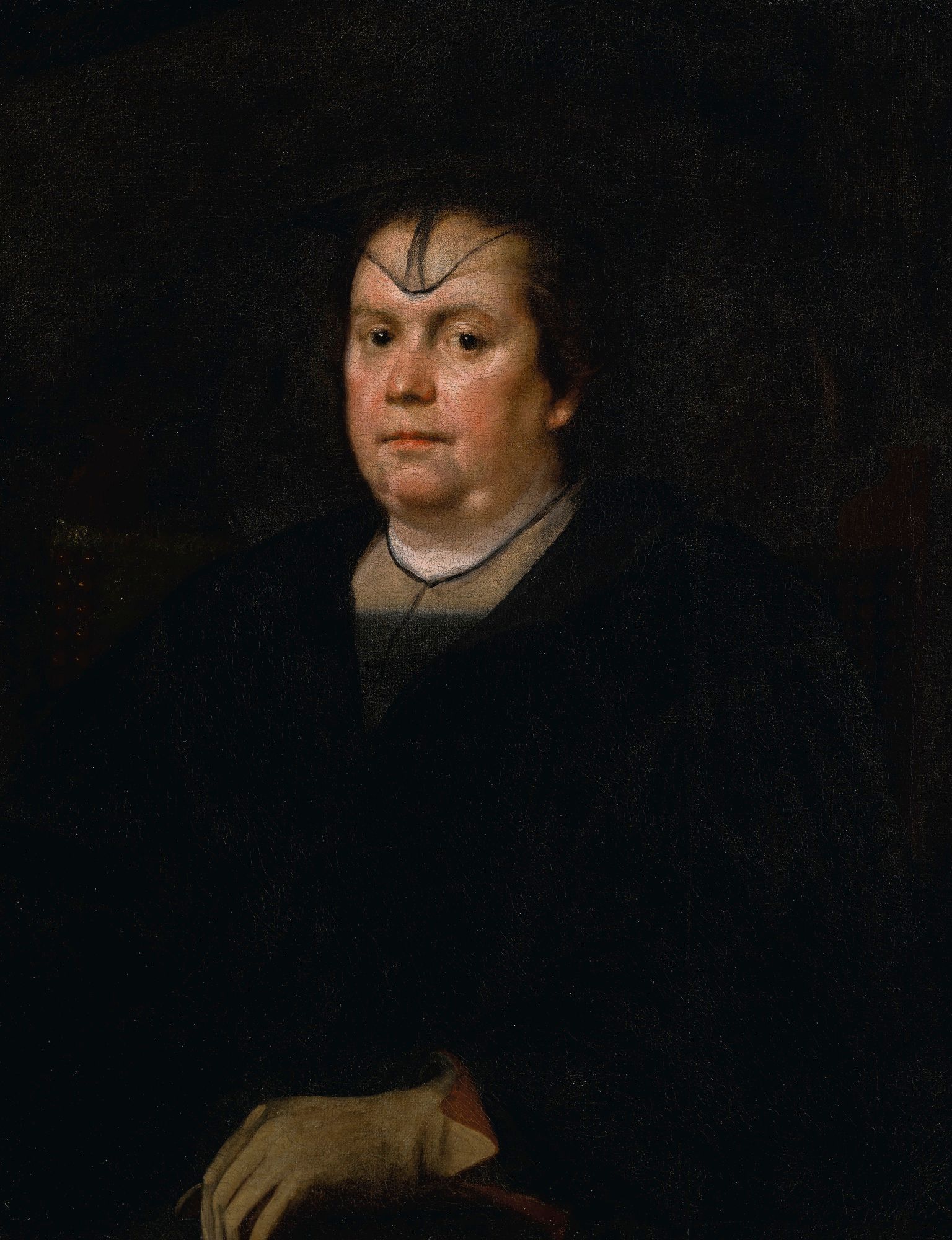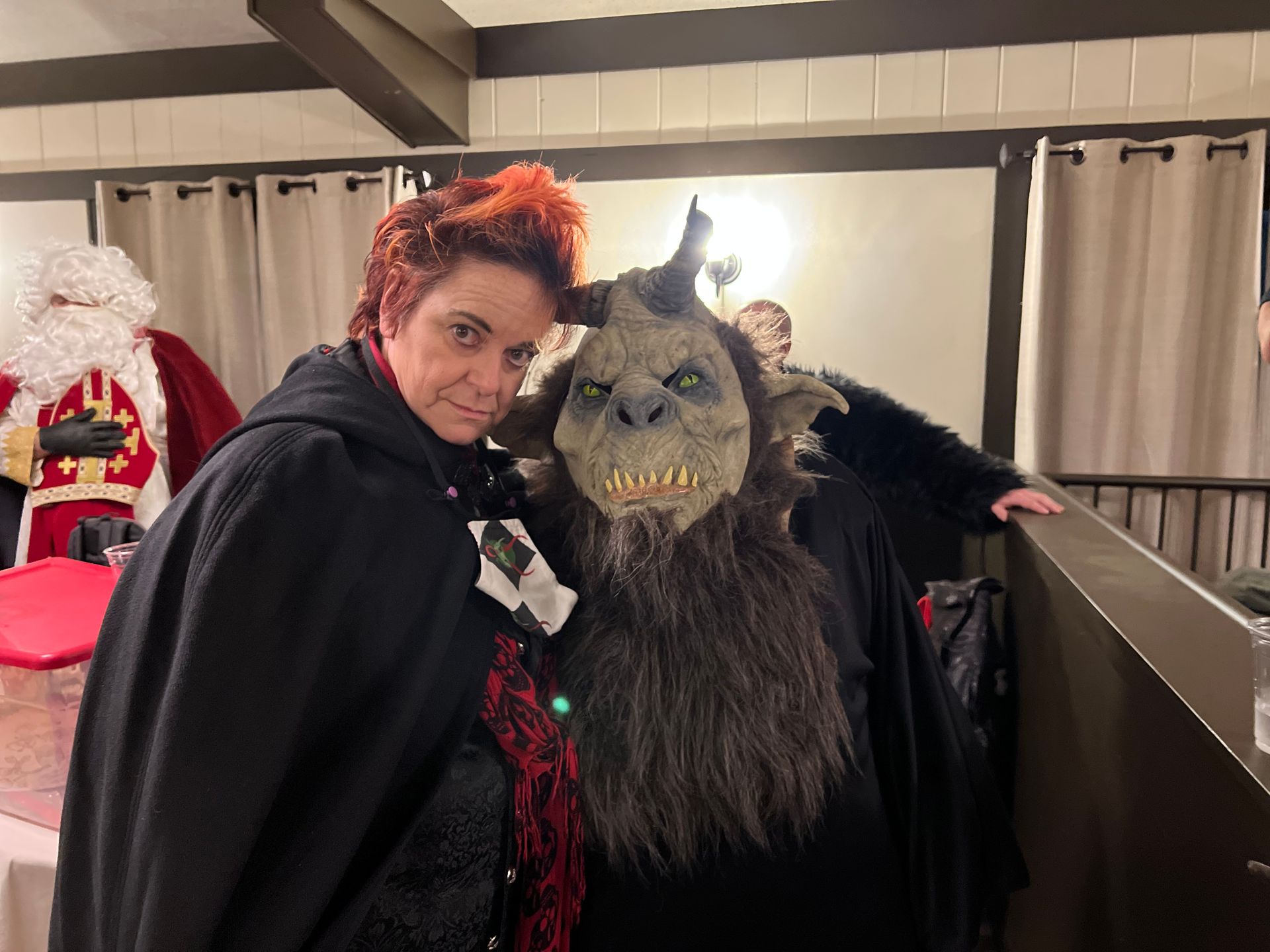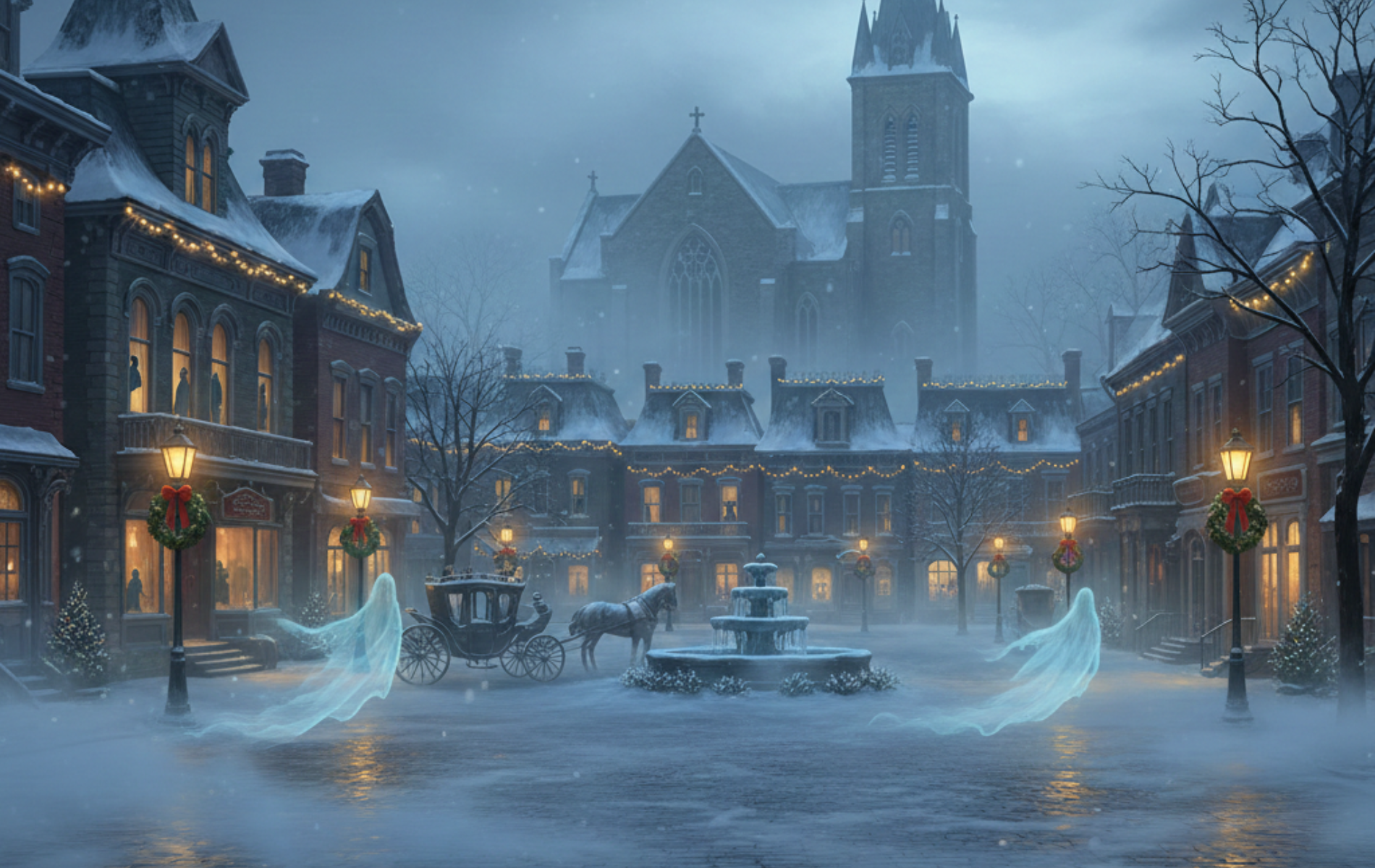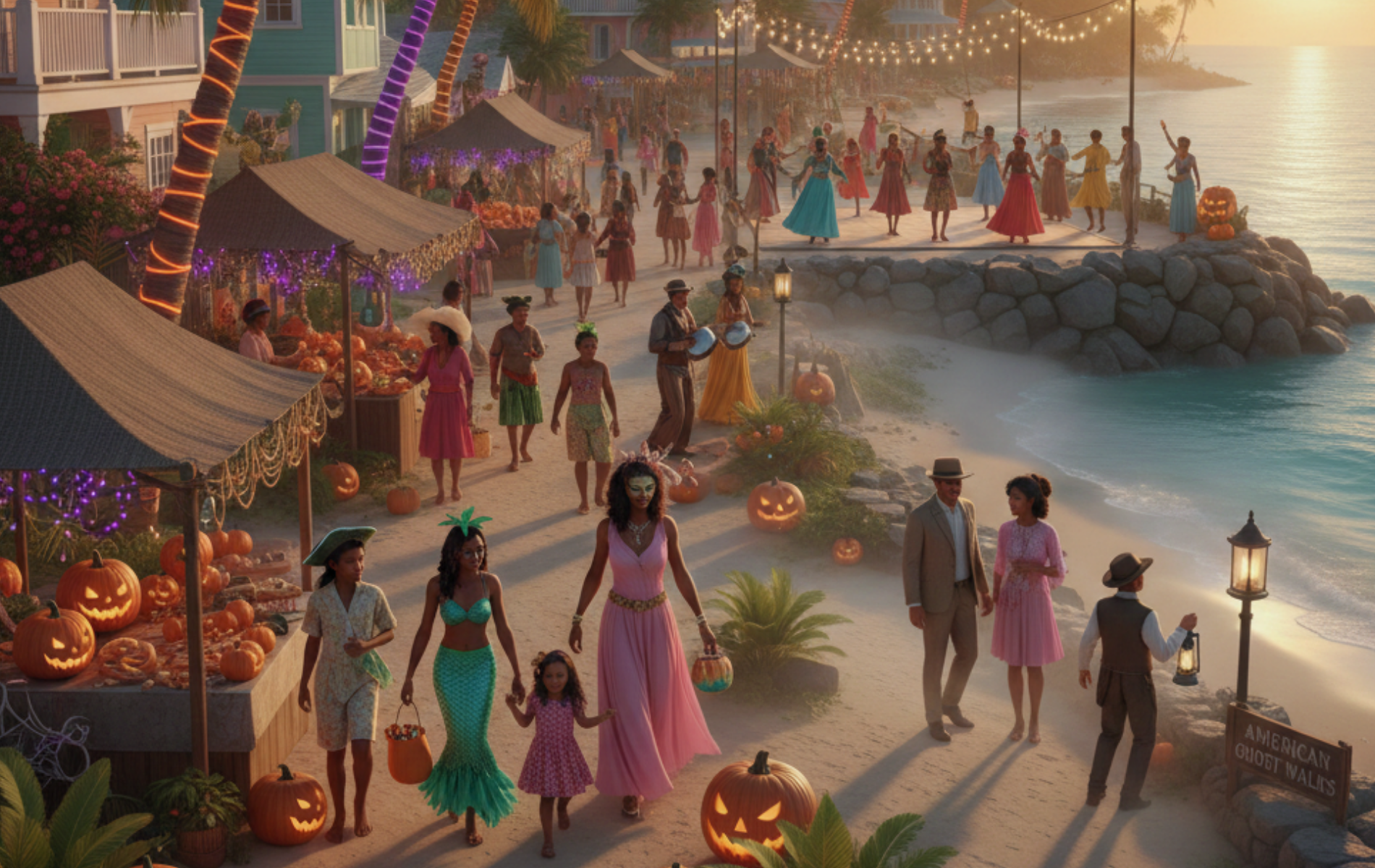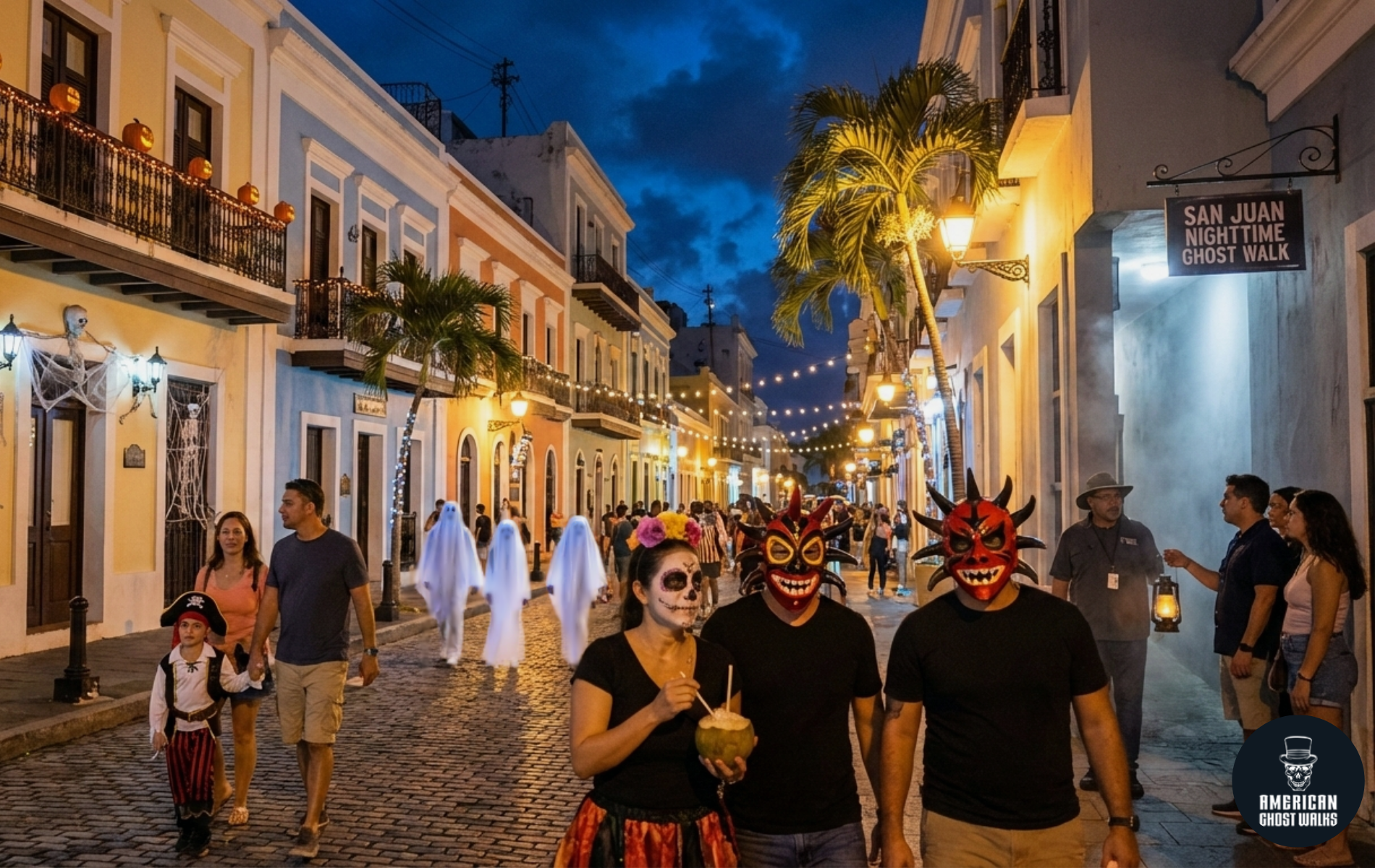The Butcher of Palos Park
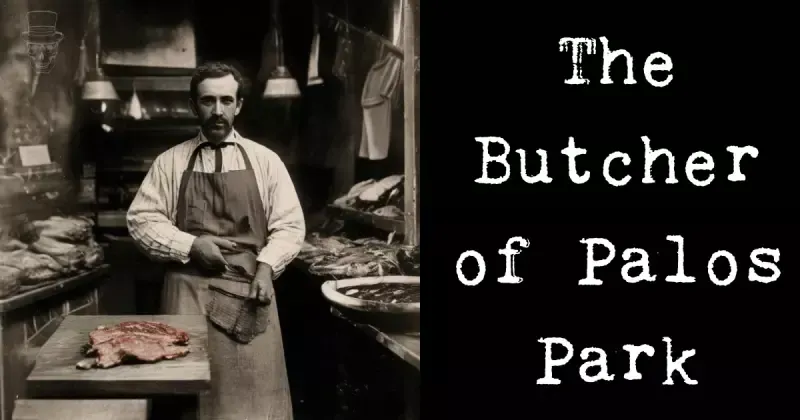
This story may seem, if not as old as time, pretty old. It's the story of the Demon Barber of Fleet Street: Dickens' Sweeney Todd character of The String of Pearls who liked to make pies of out people. It's the story of Soylent Green for that matter: the apocalyptic foodstuff that is just a little more palatable than death.
Everyone loves the story of the dinner made out of one's neighbor. In Chicago, I have filed away three stories of this particular horror.
The first is the one everyone knows. The story of Adolph Luetgert--the Sausage King of Chicago--is an old one. Luetgert went down in history known for killing his wife in his Diversey Avenue sausage factory and grinding her up into sausage. According to legend, the resulting delicacy was in high demand by the community. The ghost of Luisa Luetgert was so troublesome to the man who bought the Luetgert house later that he had it moved a block away, but Luisa moved with it, so he had it moved again.
Or so they say. The factory is high-end condos now. I visited there with Fox News a few years back and the residents claim that all is quiet. The engineer says the basement is sometimes a little unrestful. Check out this photo of the building today by one of our favorite Chicago ghostlore photographers, The Comtesse DeSpair.
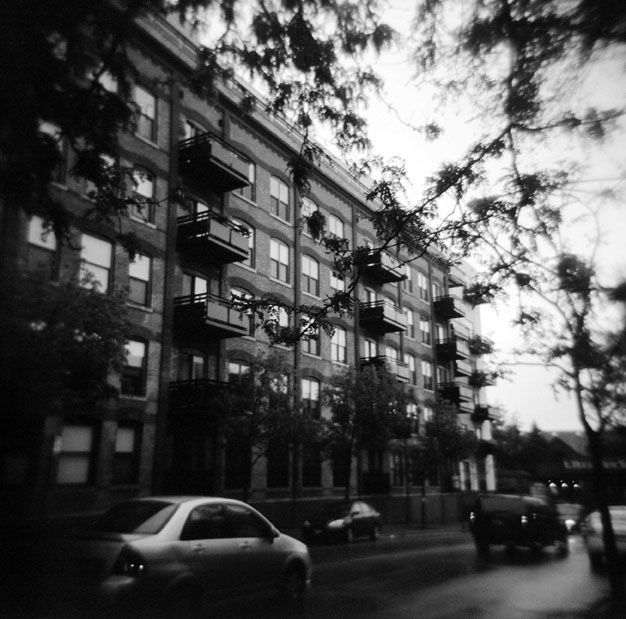
When I was first married, Dave and I bought a house up in the Indian Woods area along Indian Road near Central and Elston. We used to shop at the Jewel in Jefferson Park. A neighbor told me that a butcher there back in the 1970s once killed someone, butchered the body and packaged it for sale before being arrested. He was connected to a high ranking cop and, being back in the day it was not made public.
I would imagine this kind of thing happens a lot more than we know.
A story I heard many years ago and wrote about in my very first book is one that still remains very mysterious. It is this story. The story of the Butcher of Palos Park. I heard the story so long ago that I cannot even remember who told it to me, but as you can see it has a lot of detail, so I assume it was written in one of the many letters I received when I was a researcher working in my early days before that first book and was on local cable TV and news channels and such.
Since the story was published in 1997 I met a gentleman who grew up in Palos Park and who now lives in Las Vegas. He told me that the Butcher Shop where these events took place was housed in the building where the famous Plush Horse ice cream parlor now stands on Southwest Highway.
He verified that many businesses in the area opened in 1893, when there was a mass exodus of single men and families from the building of the World's Fair in Chicago. However, the building which houses the Plush Horse was built in 1893 as a house but there was a general store built by the wife of the couple who built it while the husband was off fighting the Spanish-American War. She built a store so that her husband would have a job when he came home. A butcher shop was added later. But that is where the history trails off . . . until the Plush Horse opens in the 1930s.
We can't know if the Plush Horse was the site where the Butcher of Palos Park committed his dastardly deeds. Nor if any such deeds were committed at all. But for those who want to know the tale, read on. And the next time you drive along the tree-shrouded roads of Palos . . . you may wonder just what the shadows of history hold.
Just southwest of Chicago proper lies a sprawling expanse of slough-studded forest, one of the largest preserve areas in northern Illinois and, many believe, one of the most haunted regions in America.
Though the story to be told plays out in one of this area’s many villages, it cannot be told without setting the larger scene because Palos Park is nestled in one of the nation’s most mysterious districts, and Chicago’s most supernatural realm.
The area known locally as “Palos” is comprised of three separate villages: Palos Heights, Palos Hills, and Palos Park and these three towns slumber on the eastern border of the most underpopulated part of this very haunted territory. The district is bounded on its north end by phantom-riddled Archer Avenue, home to Chicago’s most famous ghost, Resurrection Mary, an erstwhile South Side Polish girl who has, for more than seventy years, hitchhiked this old Indian road as far south as Willow
Springs.
Her stomping grounds are also home to the so-called Sobbing Woman of Archer Woods Cemetery, the gangland ghosts of Rico D’s restaurant, an old Capone speakeasy, and the phantom automobiles tied in legend to the 1956 double-murder of little Barbara and Patricia Grimes, whose frozen bodies were eventually found at nearby Devil’s Creek.
Archer Avenue was built in the early 1800s by Irish immigrants who settled in Chicago’s Bridgeport neighborhood, near present day Chinatown. The building of the road progressed in conjunction with a much larger, more significant project: the construction of the Illinois and Michigan Canal, a waterway that aimed to, at long last, connect by water the Chicago River and the Illinois River, thereby connecting the Great Lakes and the Mississippi River.
Constructing the road over an old Indian trail that snaked southwest out of the city, immigrants worked under conditions that were often slave-like, going without pay or food—and sometimes without water—for days or weeks at a time. It is estimated that many hundreds of canal workers died along the canal route; indeed, one of Archer’s most haunted sites is the churchyard of St. James, established near the Sag Bridge, which was founded to accommodate the bodies of the many dead canal workers.
The suffering of the Illinois and Michigan Canal workers certainly left a preternatural imprint on this atmospheric road, but other factors that have contributed to the haunting of Archer Avenue can also go a long way in explaining the haunting of the entire region south of it, most notably the presence of water.
Even before the building of the Illinois and Michigan Canal (and, with less fanfare, the Calumet-Sag Channel and the Illinois Sanitary and Ship Canal), the Des Plaines River flowed through this heavily-forested land, a landscape covered with lakes, ponds and sloughs. Though it was long-believed by many cultures that water keeps ghosts at bay, parapsychologists today contend that paranormal manifestations are actually encouraged by the presence of water, an excellent conductor for the electromagnetic energies that ghosts are thought to be.
Another contributor to the paranormality of this region may be the sheer under population of much of it. The Chicago area is rife with forest preserves, some of them even within the city limits, and these areas have long been notorious as hotbeds of supernatural phenomena. Why? Theories abound.
Of course, haunted houses most often harbor their ghosts in the attic or basement—areas with infrequent human visitors. Silly as it may seem, ghosts seem to prefer to “hide” from flesh-andblood cohabiters rather than mix in with their everyday lives. It would follow, then, that forest preserves would be perfect habitats for Chicago ghosts with a distaste for the hustle and bustle of urban life.
Other theories, however, suggest that it is humans—and not haunts—that have infested Chicago’s preserves. Some preserve visitors have attested to experiencing chanting and singing by unseen people; at times this chanting seems to be done by dozens of voices. Others have reported glimpsing apparitions of hooded or cloaked figures, including those seen at Red Gate Woods, along Archer Avenue, and at the notorious Bachelors Grove Cemetery, part of the Rubio Woods preserve, an overgrown woodland ossuary that remains one of the most haunted cemeteries in the nation.
These audio and visual apparitions are often tied to the ritualistic activities that have been reported in Chicago-area preserves since at least the 1960s. Those who make the connection believe that these rituals, performed largely by amateurs, have conjured up nature or even evil spirits that their unskilled conjurers could bring forth, but not send back.
The little village of Palos Park is, today, pure woodland serenity, a pocket of humanity comprised largely of mid-twentieth century ranch houses bordering the great forested preserves of southwest Chicago. Residents commute to Chicago to work but thoroughly enjoy the riding stables, fishing holes, and hiking trails of their home village.
Don’t be fooled by this town’s peaceful looks. The place holds a terrible secret indeed, if the legends of this town are true. For, at the foot of a hill on the grounds of Palos Park’s unassuming, interactive “Children’s Farm” (a petting zoo and interpretive center catering to school groups) is buried the head—and only the head—of a horrifying local maniac: the Demon Butcher of Palos Park.
Hermann Butcher was one of a number of small businessmen who migrated to the Palos region during the chaos of the Columbian Exposition of 1892, when the influx of visitors to Chicago—many of them eventually settling there—drove a significant section of the urban population to quieter realms outside the city limits. The town of Palos was originally dubbed “Trenton” at its founding in the 1830s; in 1850, the village was renamed by its postmaster, whose ancestor had sailed from Palos de Fronters with Christopher Columbus.
In the days of its establishment, Palos Park was a farming community in a region that had been alive with Indians and French explorers in the 1700s, but the building of the Wabash Railroad was the key to its survival, as it allowed non-farming residents with Chicago ties to establish homes in Palos beginning in the late 1800s.
Butcher, whose family name came from the long-held family business, was one of several German immigrants who set up butcher shops in Palos in the late-nineteenth century, but it wasn’t long before he was the only butcher left in town. The significant depression that swept the United States in the 1890s did not miss Palos, and butchers here were pinned to the wall by the livestock shortage that accompanied it.
Fortunately, Hermann Butcher was not only well-to-do, having enjoyed a thriving business in Chicago before his exodus, he was also well-connected to executives and managers at the best Chicago meat suppliers. Though he was forced, like his colleagues, to raise his prices, Butcher was able to remain in business.
No one knows whether Butcher’s insanity stretched back further than his life in Palos, but what happened during his days here have made residents of Palos afraid to dig more deeply.
The atrocities began one afternoon when a large shipment of beef arrived at Butcher’s shop. Like most butchers of the day, Hermann retained an apprentice who learned, at his side, the art and craft of butchering meat. Hermann was known in the village to drive his apprentice too hard. With a bad back and a sharp tongue, Butcher pawned off most of the daily workload onto his young charge, who bore the increasing burden with the patience of a saint.
On this particular day, though, the shipment was larger than usual; Butcher pressed his apprentice to carry every parcel of it down to the basement meat locker, without a lick of assistance from the master. Unfortunately, a particularly heavy package of beef caused the young man to falter on the steep steps; he tumbled to the basement, breaking his neck with a fatal snap.
Butcher was horrified. He knew he had a reputation for working his apprentice into the ground and of disciplining him with his foul temper. Because of it, he had been on unfriendly terms with the boy’s family for months. Would the apprentice’s family think the boy’s death had been Hermann’s fault? That he had driven the boy too hard or, worse, in a flair of temper, pushed him down the stairs?
Strained by months of trying to keep his business afloat, Butcher wasn’t willing to chance it. If he were accused of contributing in any way to his apprentice’s death, who knew what could happen? And Butcher was sick of worrying and struggling. In a moment of desperation, Butcher stashed the apprentice’s corpse behind the parcels of beef that the young man had just unloaded.
He locked the freezer door and hoped for the best.
It wasn’t long before the boy was missed, but inquiries as to his whereabouts were met by Butcher’s own, feigned bewilderment and anger: I have no idea where he is, Hermann claimed, but when you find him, tell him to get into work immediately! Butcher claimed he hadn’t seen the boy since he’d left work two days before; he suggested that the boy had been unhappy with the job and, perhaps, had decided to hop a Chicago-bound train to make his fortune in a more pleasing apprenticeship.
Despite his cool demeanor, the heat on Hermann increased as the week wore on. Adding stress was the always-dwindling meat supply. When fare for his customers was at an all-time low, Butcher took action. After closing up shop one evening, he made his way to the basement meat locker. Working by the light of a dim lantern, he carved up a portion of the apprentice’s chilled left leg and packaged it in butcher paper.
At home that night, Hermann roasted the leg meat and sat down to dinner. Sampling the morbid fare, he found it surprisingly similar to beef, but with an added sweetness that rendered it quite delectable.
Early the next morning, Butcher arrived at his shop and spent several hours butchering and displaying his gruesome offerings. When the first customers arrived, they were delighted to find the fine-looking cuts of meat and, in short time, every one was sold.
The next day, a nervous Butcher was waiting for the verdict on his grisly new supply.
To his delight, the same customers returned, having found Hermann’s “beef” scrumptious. Luckily, Butcher had carved up most of the apprentice’s remaining corpse, so his customers went away happy again, but this couldn’t last… or could it?
Butcher found himself newly perplexed. If he could not supply more of the flesh his customers craved, what would they do? Likely, try to find more of the strangely delicious beef themselves by contacting his suppliers. This simply couldn’t be allowed. The supply would have to continue.
When the last scraps and bones had been sold, Butcher launched a fresh plan to protect his ever-floundering business. Each evening for weeks, he made his way out to the railroad yard and singled out a hungry-looking hobo. Promising food in exchange for some light labor, Hermann lured his victims back to his shop where he fed them a drugged dinner, washed down with potent schnapps, until they dozed off.
When the unfortunate vagrant was suitably comatose, Butcher brought out his cleaver and hacked him up in his sleep, working late into the night to attractively arrange the cuts for sale the next day.
Soon, however, word spread through the hobo camp that something untoward was afoot; overnight, the camp emptied, and Butcher was again without meat for his shop.
By this time, Butcher had passed the point of no return. One by one, in the days that followed, the children of Palos began to go missing. Besides the hobos who could be plied with food and liquor, these little ones were all that Butcher, in his aged state, could handle.
Worse, with the first child’s murder came even greater reviews of Butcher’s products: Hermann’s customers, of course, found the latest offerings the most succulent of all, so Butcher was insanely encouraged to provide more and more of the sickening stock.
Eventually, the locals began to suspect that one of their own villagers was behind the recent string of child abductions. Working with an assortment of tips—and driven by the hunches of the apprentice’s family—a group of enraged villagers stormed Butcher’s shop late one night, searching it from top to bottom and finding, in the basement meat locker, a shocking array of packaged body parts—and the remains of a seven-year-old child hanging from a meat hook.
Making their way to Butcher’s home, the villagers forced entry and dragged Hermann out onto the lawn where they butchered him with his own cleaver. The final blow severed Butcher’s head, which the people of Palos buried at Indian Hill across from Oak Hill Cemetery.
Today, Palos Park remains a uniquely peaceful suburb of Chicago, the greatest beneficiary of the preserves that surround it. Residents enjoy horseback riding, fishing, boating, and hiking in the beautiful woodlands that abut the village, and even the homes here nestle in lovely woodland settings. Still, at Oak Hill Cemetery, all is not at rest.
After the slaughter of Hermann Butcher and the burying of his head at Indian Hill, the murderer’s headless remains were interred separately in a plot near the center of Oak Hill Cemetery, marked by a stone bearing only the name of “Butcher.” But they haven’t remained there.
Residents of Palos Park tell of the body moving ever closer to the head. In fact, the grave has mysteriously moved twice already, from the center of the graveyard towards the road, to a plot near the pond, then to its current site along Southwest Highway itself. Is it only a matter of time before Butcher’s body returns to its unbutchered state—rejoining its head across the road?
Of course, skeptics claim that the Butcher remains have been repeatedly moved by decidedly unsupernatural means. The water table at the cemetery is such, they say, that certain graves have become waterlogged over the years, forcing the caretakers to move them, sometimes more than once.
A visit to the Children’s Farm on a warm summer afternoon seems to chase away all thoughts of ghosts. The air smells of hay and new-mown grass, and the sounds of young animals mingle with the laughter of children, visitors to the farm enjoying its pleasant, natural surroundings.
Wandering away from the animals and the outbuildings, however, yields a distinctly different feeling, especially if one wanders toward Indian Hill.
Is Hermann Butcher really buried with other Butcher family members under the tombstone at Oak Hill cemetery? Is the story really true? Is the Plush Horse ice cream parlor really the site where these terrible tales played out? And is the head of the Butcher of Palos Park buried at Indian Hill? What do you think?
Dive deeper into the mysterious world of hauntings with our curated collection of paranormal investigations and ghostly encounters. Read more stories like this in “Ghosts of Lincoln Park: A Chicago Hauntings Companion” by Ursula Bielski, a book of downtown Chicago ghost stories written by our own American Ghost Walks team.
Dive deeper into the mysterious world of hauntings with our curated collection of paranormal investigations and ghostly encounters. Read more stories like this in
“The Original Chicago Hauntings Companion” by Ursula Bielski, a book of Chicago ghost stories written by our own American Ghost Walks team.
Are you fascinated by the supernatural and craving more spine-tingling tales? Whether you're a skeptic seeking evidence or a believer looking for your next supernatural fix, "American Ghost Books" offers everything from historical haunted locations to firsthand accounts of paranormal experiences.
Each book has been carefully selected to provide authentic, well-researched stories that will keep you turning pages well into the night. Don't let your curiosity about the supernatural remain unsatisfied—explore our collection and find your next ghostly adventure with our Chicago Tour today!
Want to hear firsthand what our guests have experienced? Check out our
Google Business Profile Reviews and see why our tours leave a lasting impression!

